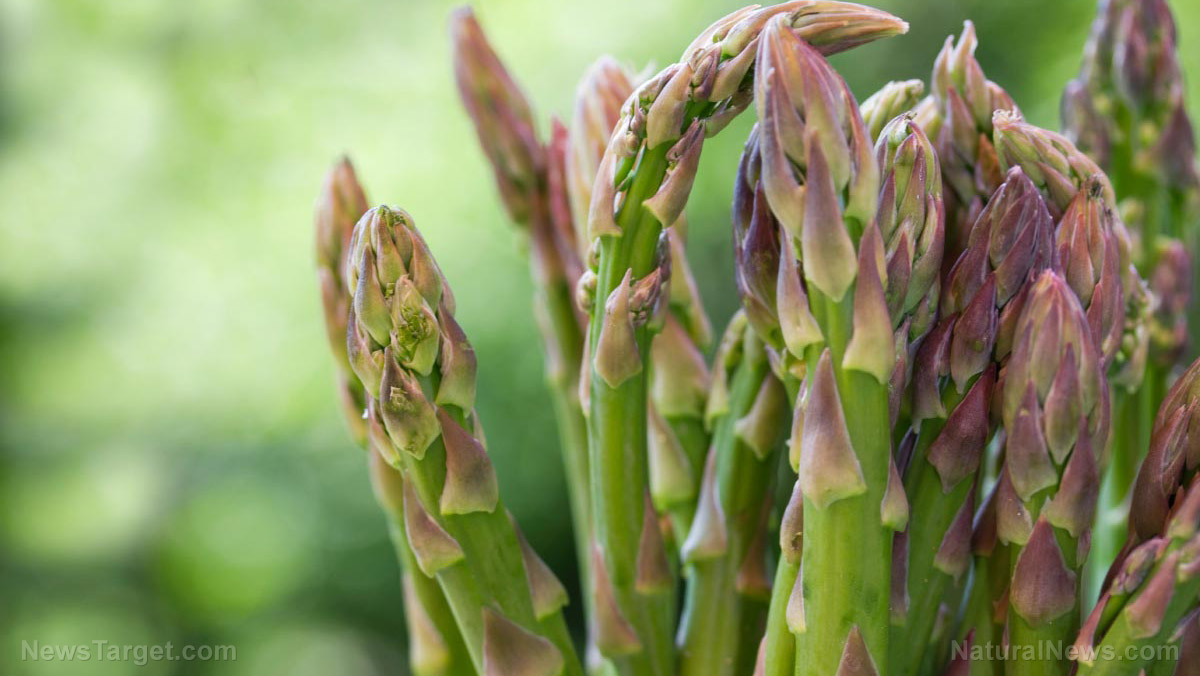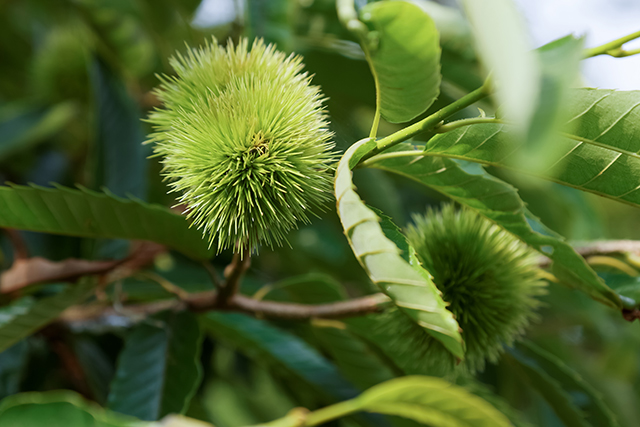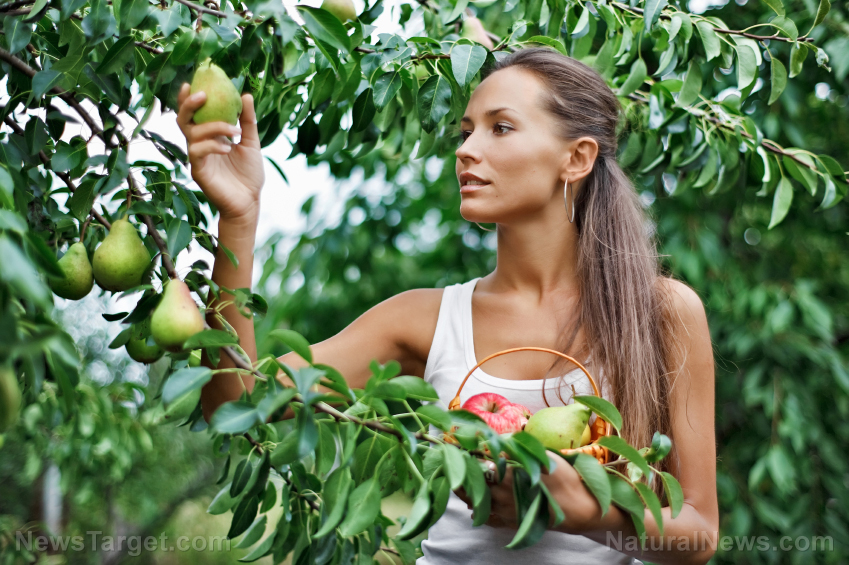
Out and about in the field? Why not bring home some exotic goodies – Canada's countryside is chock-full of wild edibles, with more than 350 different species of plants and root crop to choose from. However, if this is your first time foraging, it is wise to refrain from touching or picking anything you are not familiar with. You would want to avoid unwanted contact with something poisonous that could trigger an allergic reaction and earn you a nasty trip to the hospital, or worse, your death bed. Even if something does look familiar to you, it is always best to seek consultation – from an expert you know or a trusted online resource – before taking home (let alone eating) any wild edible.
For a first-time forager, it is always best to brush up on your root crops and greens first before anything else, in order to properly identify the edibles from the poisonous ones. Getting your hands dirty can come later. A good old book such as Russ Cohen's Wild Plants I Have Known ... and Eaten is a good place to start.
Consulting an expert is another way to make sure you know what you are doing (or eating). Even if it is your second or third time foraging, checking and double-checking with an expert or a trusted source will always yield the best and least hassling results for you.
Let's now get into the “meat” of the good stuff. Here are 15 wild plants you can pick and prepare at home with your favorite meals:
- Blueberry – This is a rather common berry we see on cooking shows on television, but those have been especially picked and cleaned for that kind of preparation. Berries in the wild look more, well, wild and dirty. In foraging for blueberries, look for their small, round shape and bluish purple color. They are typically found in low-lying bushes throughout Atlantic Canada, Quebec and Ontario. It is best to forage for them in mid- to late July.
- Watercress – This aquatic plant has small white flowers and is a close cousin of cabbage and arugula. Typically seen scattered and floating or creeping on streams, rivers, ponds and marshy areas throughout Canada.
- Morels – These edible sac fungi have sponge-like holes and ridges in hollow black, white or yellow caps, often resembling a honeycomb. They can be found in fields, abandoned orchards and forests (especially after fires) throughout Canada. Early spring is the best time to find black morels, and late spring for white. Note that these cannot be eaten raw.
- Wild leek – Also known as ramps, these have long, green, onion-like leaves that are broad and flat, typically found in woodlands throughout Canada, in early spring and late fall.
- Asparagus – A common produce in the market, these have six- to 10-inch, purplish green shoots that are found in the fields and open, well-lit areas throughout Canada, especially in mid-spring to early summer.
- Dandelion – This has stemless green leaves with one small yellow flower which has surprising health benefits. It is usually found in meadows, fields and grasslands throughout Canada. Before the flowers open, pick the leaves; in late fall, harvest the roots.
- Hickory – This has a characteristic light grey, odd-shaped nut beneath brown shell, found in hardwood and mixed forests throughout Canada. Watch out for them as they fall from trees during autumn.
- Hazelnut – One of the most common nuts in the market, in the wild they are furry, green husks on branch tips. They are typically found in hardwood and mixed forests throughout Canada. It is best to pick them in September, when the husks turn brown.
- Wild rice – Found in the Great Lakes region, these ornamental grass-like crop are best sought out in early autumn.
- Stinging nettle – A delicious addition to your salad, these prickly, dark-green leaves, with white flower clusters grow in meadows throughout Canada. In spring, it is best to pick the shoots before the flowers appear.
- High-bush cranberry – Take a walk alongside bordering fields and roadsides across Canada in early November, after a few frosts, to pick these large, red, round berries.
- Oxeye daisy – Best sauteed with wild garlic, lemon and oil, this dainty, yellow-centered flower with white petals grow in fields and roadsides across Canada. Pick some in spring, before the flower buds open.
- Elderberry – These are clusters of red to dark purple berries abundant in early fall, in the bordering fields and forests throughout Canada.
- Black walnut – This nut is characterized by very large, round, light green, skin, found along rivers in Central Canada, typically in August, as they fall from the trees.
- Fiddleheads – Look for tips of curled fronds, green with brown paper-like casing (also called ostrich ferns) in forests and alongside streams throughout Canada. Pick some in mid-spring before they’ve fully opened and add to your pan-fried or grilled salmon.
Canada has an abundance of fresh wild plants and fruits ready for the picking, but you won't get to munch on these by just stepping outside your yard. The secret is to know when and where to look.
Sources include:
Please contact us for more information.





















